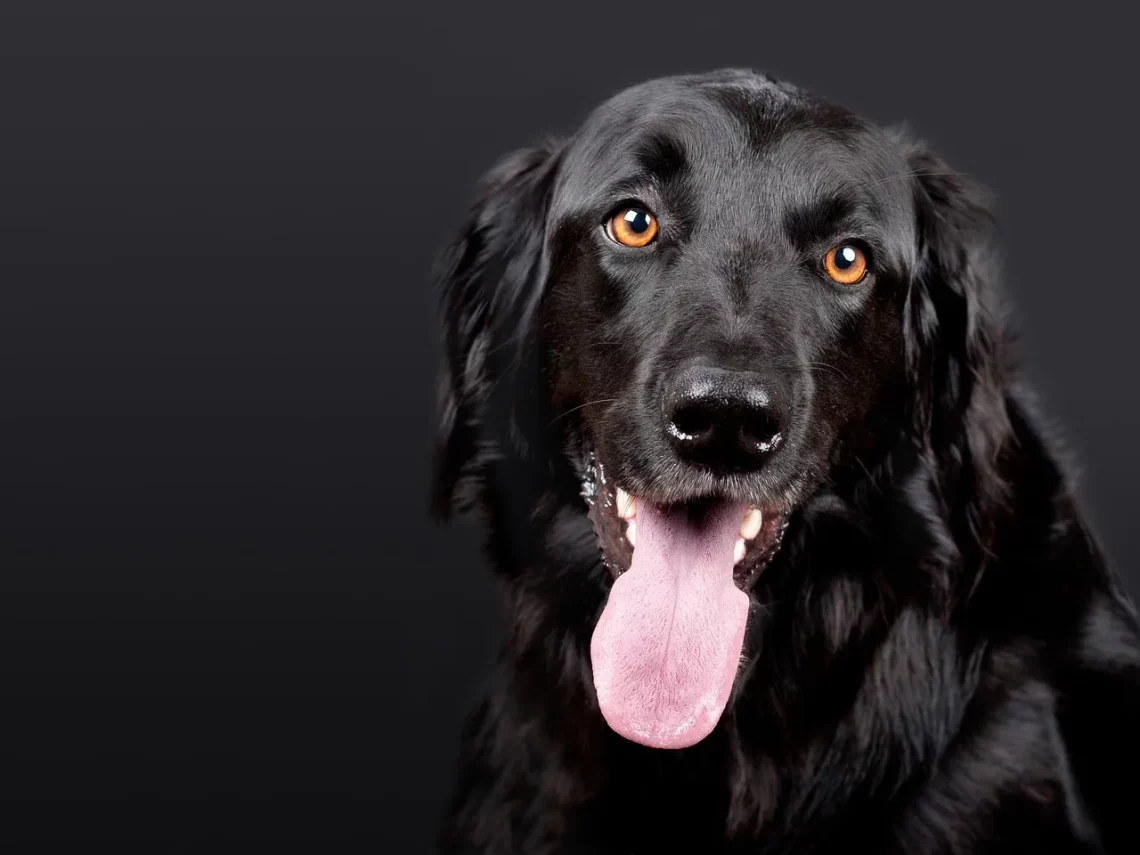
Exploring the Unique Breeds and Culture of Peru Dogs
Peru, a country steeped in rich history and vibrant culture, is known for its diverse landscapes and unique traditions. Among its many treasures are the distinct dog breeds that have accompanied Peruvian people for centuries. These breeds hold not just a place in the hearts of locals but also serve as a bridge connecting the past to the present. The dogs of Peru are more than mere pets; they embody the spirit and heritage of the region, showcasing an intriguing blend of indigenous culture and modern influences.
The significance of dogs in Peruvian society extends beyond companionship. They have been integral to various aspects of daily life, from agriculture to guarding homes. The unique breeds that thrive in this South American country reflect the adaptability and resilience of both the animals and the communities they serve. As we delve deeper into the world of Peruvian dogs, we uncover stories of loyalty, tradition, and the profound connection between humans and their canine companions. Through exploring these unique breeds, we gain insight into the cultural fabric of Peru, enriching our understanding of this remarkable nation.
Ancient Breeds: The Legacy of Peru’s Canine Companions
The history of dogs in Peru dates back thousands of years, with archaeological findings suggesting the presence of canines as far back as the pre-Columbian era. Two breeds, in particular, stand out as symbols of this rich heritage: the Peruvian Inca Orchid and the Peruvian Hairless Dog.
The Peruvian Inca Orchid, also known as the “Perro Sin Pelo del Perú,” is one of the most iconic breeds associated with the region. This breed is notable for its hairless variety, which is thought to have been cherished by the ancient Inca civilization. Revered for their beauty and grace, these dogs were often depicted in Inca art, indicating their importance in society. Their hairlessness is not just a unique trait; it is believed to have practical benefits in the warm Peruvian climate, allowing them to thrive in hot weather while also serving as companions for their human counterparts.
The Peruvian Hairless Dog has a rich cultural significance, often linked to rituals and traditions. In ancient times, these dogs were believed to possess healing properties, and they were often kept close to their owners, providing warmth and companionship. Today, this breed continues to be cherished, not only for its unique appearance but also for its friendly demeanor and loyalty.
Another breed worth mentioning is the “Churro,” a smaller dog known for its adorable looks and playful nature. While not as widely recognized, Churros are beloved in many Peruvian households. They typically have a wiry coat and are known for their affectionate personality. Families often cherish these dogs as part of their daily lives, highlighting the integral role that dogs play in Peruvian culture.
As we explore these ancient breeds, it’s essential to appreciate how they have been preserved and celebrated over time. The ongoing efforts to maintain their lineage and promote their characteristics reflect a broader commitment to honoring Peru’s cultural heritage. This connection to history is a vital aspect of what makes Peruvian dogs so special, reminding us that they are not just pets but a living part of a rich and enduring legacy.
The Cultural Significance of Dogs in Peruvian Society
In Peru, dogs are more than just companions; they are woven into the very fabric of daily life. The bond between humans and dogs in this region is steeped in tradition, and these animals often play multifaceted roles within families and communities.
One of the most significant aspects of this relationship is the role of dogs in traditional farming practices. Many rural communities rely on dogs for herding livestock, protecting crops, and even assisting in hunting. Breeds such as the Peruvian Inca Orchid have been utilized for their agility and keen instincts, making them invaluable companions for farmers. This partnership not only enhances productivity but also fosters a deep bond between the animals and their human caretakers.
Moreover, dogs in Peru are often seen as guardians of the home. In many households, a dog is considered a protector, providing a sense of security and peace for families. This protective instinct is celebrated in various cultural expressions, from folklore to local art, where dogs are depicted as brave and loyal companions. Such representations reinforce the idea that dogs are integral members of the family unit, deserving of love and respect.
Festivals and celebrations in Peru also highlight the special relationship between humans and their canine counterparts. Events like the “Festival de la Chacra” celebrate agricultural life, and dogs often participate in these communal gatherings. The presence of dogs at these events symbolizes unity and the shared life experience between humans and animals. These celebrations serve as a reminder of the importance of dogs in cultural identity and community bonding.
The cultural significance of dogs is not limited to rural areas; urban regions in Peru also embrace the companionship of dogs. In cities like Lima, dog ownership is prevalent, and many pet owners treat their animals as family members. Access to dog parks, pet-friendly cafes, and specialized grooming services reflect the evolving perceptions of dogs in modern Peruvian society. This transformation illustrates how traditional values coexist with contemporary lifestyles, emphasizing the enduring importance of dogs in various spheres of life.
Modern Challenges and Conservation Efforts
Despite their deep-rooted cultural significance, Peruvian dog breeds face modern challenges that threaten their existence. Urbanization, changing lifestyles, and increasing pet ownership trends have led to concerns about the preservation of indigenous breeds. As people increasingly adopt international breeds, the unique characteristics of Peruvian dogs risk being overshadowed.
One of the primary challenges is the lack of awareness regarding the importance of native breeds. Many people may not recognize the cultural heritage associated with dogs like the Peruvian Hairless Dog or the Inca Orchid, leading to a decline in their popularity. Additionally, breeding practices can sometimes prioritize appearance over health, resulting in genetic issues that further jeopardize these breeds.
Conservation efforts are underway to address these challenges and raise awareness about the importance of preserving Peru’s unique dog breeds. Organizations dedicated to dog rescue and rehabilitation work tirelessly to ensure that indigenous breeds are protected and promoted. These efforts include educational campaigns, community outreach programs, and partnerships with veterinarians to ensure responsible breeding practices.
Moreover, initiatives to promote responsible dog ownership are gaining traction. By educating the public about the unique traits and care needs of Peruvian breeds, advocates hope to inspire a renewed appreciation for these animals. This includes highlighting their benefits as companions and the cultural significance they embody.
In urban areas, the development of breed-specific rescue organizations has emerged as a promising trend. These organizations focus on rehabilitating and rehoming indigenous breeds, fostering a community of responsible pet owners who value the heritage of their dogs. Such movements are crucial in ensuring that Peruvian breeds not only survive but thrive in a changing world.
Ultimately, the journey of Peruvian dogs reflects the broader narrative of cultural preservation and adaptation. As society evolves, so too does the understanding of the significance of these breeds. By recognizing and celebrating their unique heritage, Peruvians can ensure that their canine companions continue to be a cherished part of their cultural landscape for generations to come.
Conclusion: Embracing the Bond Between Peru and Its Canine Companions
The story of dogs in Peru is a testament to the enduring bond between humans and animals, rooted in history and culture. From ancient breeds that have shaped the identity of communities to the modern challenges they face, the journey of Peruvian dogs is both inspiring and thought-provoking.
As we explore the unique breeds that inhabit this vibrant country, we gain a deeper appreciation for the role dogs play in shaping not only individual lives but also the collective spirit of a nation. The Peruvian Inca Orchid, the Churro, and other indigenous breeds exemplify the rich tapestry of culture and tradition that defines Peru.
By recognizing the cultural significance of these dogs, we can advocate for their preservation and ensure that future generations understand their value. The connection between people and dogs transcends time and geography, reminding us of the shared experiences that unite us all.
In embracing the legacy of Peruvian dogs, we honor a unique aspect of cultural identity that deserves celebration and protection. As we move forward, let us carry this appreciation into our everyday lives, fostering a world where both people and their canine companions can thrive in harmony.
*Disclaimer: This article is for informational purposes only and should not be considered medical advice. For any health-related issues, please consult a qualified healthcare professional.*




